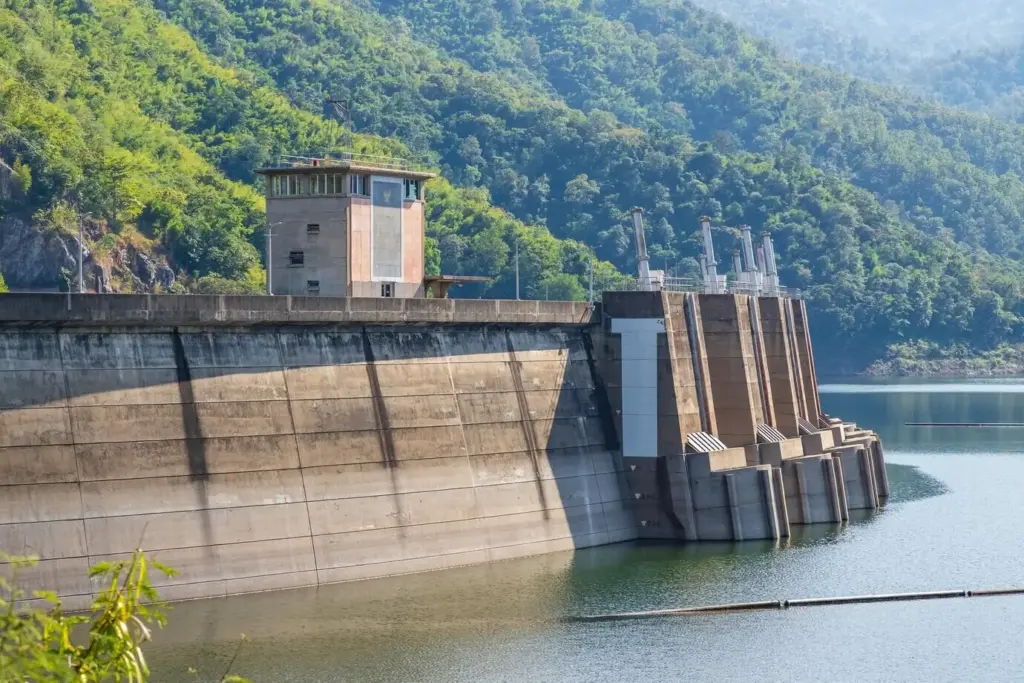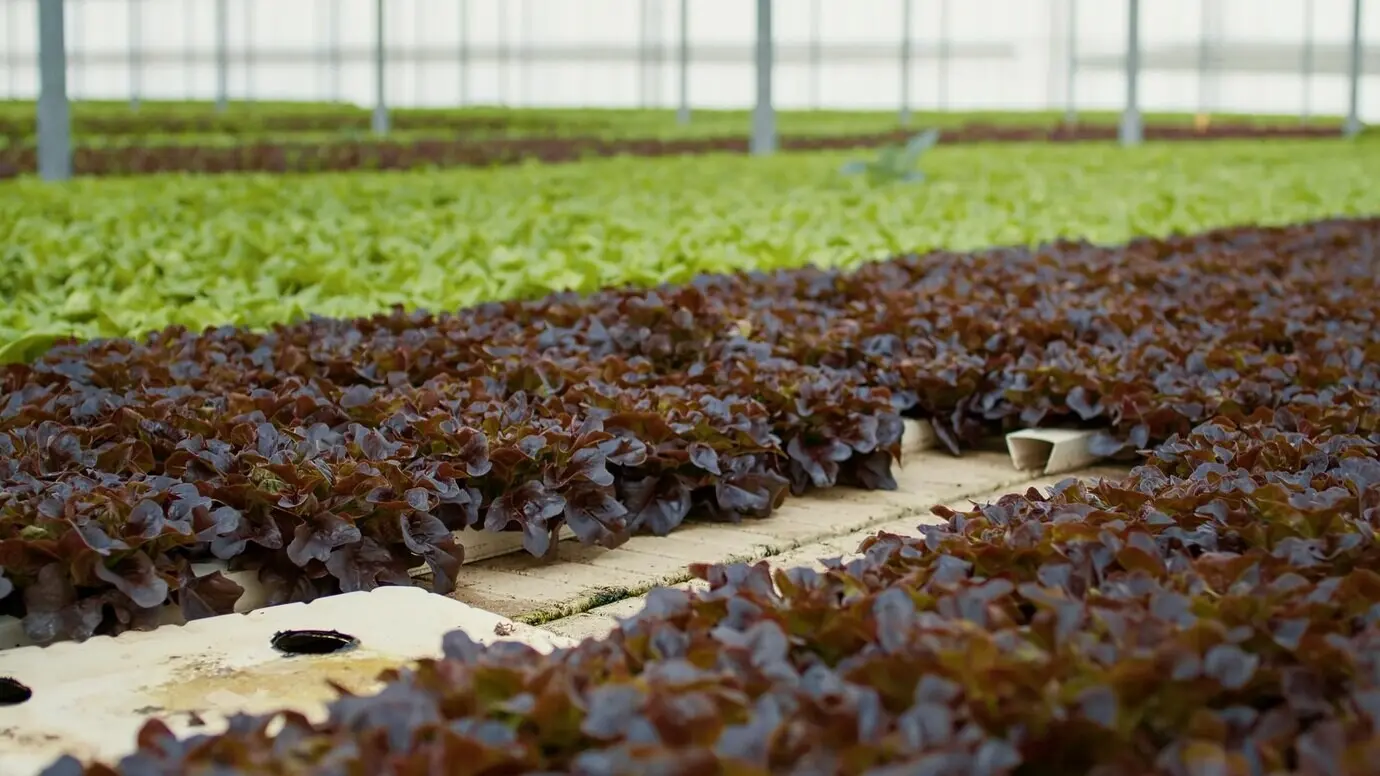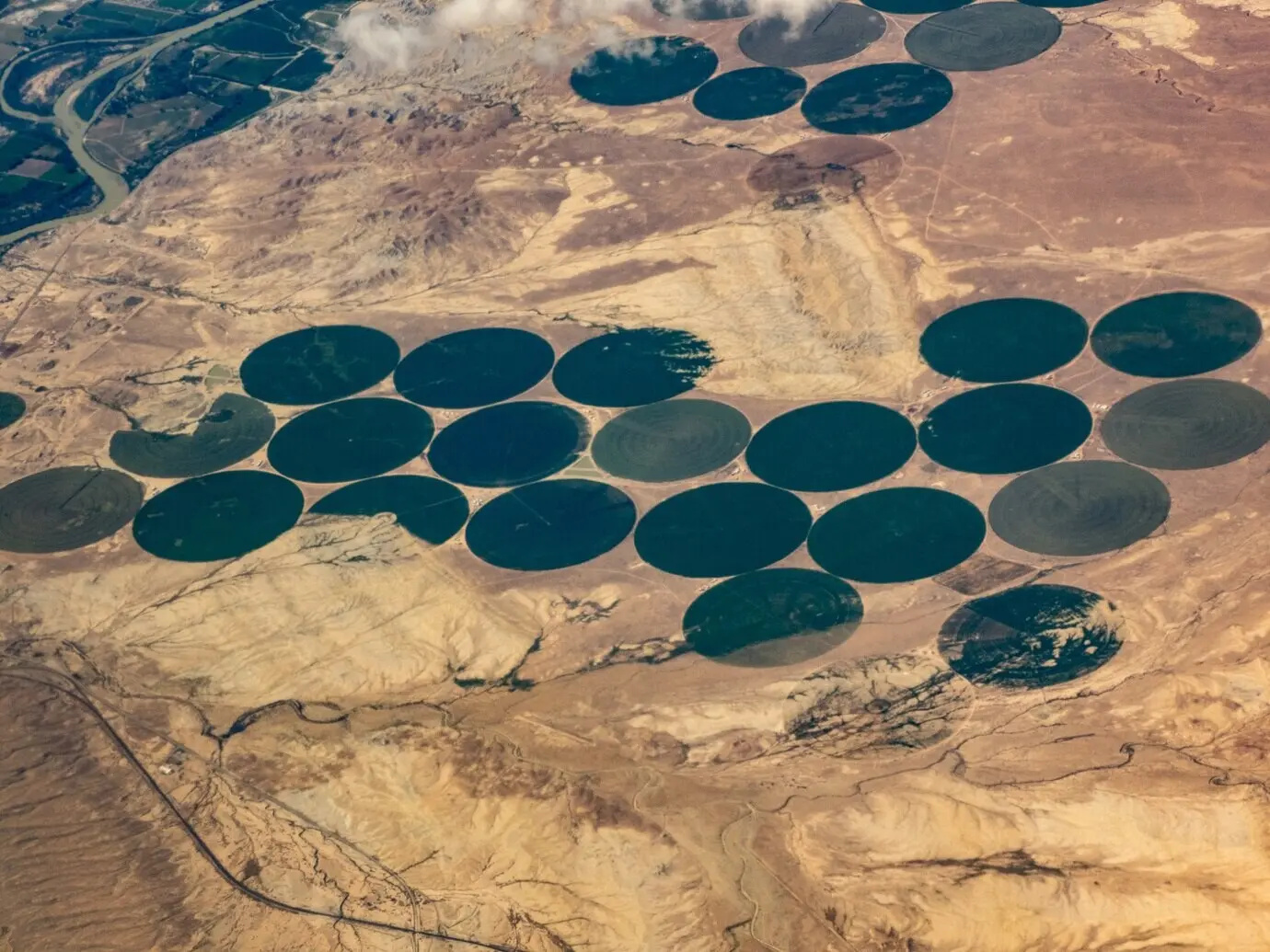Plan Smart: Build Your Home Irrigation Without Surprises

Cost Buckets That Actually Matter
Hidden Fees You Can Predict
Phasing the Spend Without Stopping Work
The Definitive Materials Checklist
Distribution and Delivery: Pipe, Tubing, and Fittings
Control and Protection: Valves, Manifolds, and Backflow
Sprinklers, Drip, or Both?

Choosing Heads and Nozzles for Real Yards
Measure throw distances, check manufacturer precipitation charts, and match arcs to avoid over-spray onto sidewalks or neighbors. High-efficiency nozzles can reduce run times when tuned correctly, but they require consistent pressure and clean filtration. Mix rotors and sprays only across separate zones to prevent uneven watering. Keep head spacing head-to-head for uniform coverage, even on curved borders. If wind is frequent, choose lower trajectory nozzles or time watering during calmer hours. Document nozzle sizes per zone for future replacements.
Designing Drip Zones That Stay Consistent
Measure throw distances, check manufacturer precipitation charts, and match arcs to avoid over-spray onto sidewalks or neighbors. High-efficiency nozzles can reduce run times when tuned correctly, but they require consistent pressure and clean filtration. Mix rotors and sprays only across separate zones to prevent uneven watering. Keep head spacing head-to-head for uniform coverage, even on curved borders. If wind is frequent, choose lower trajectory nozzles or time watering during calmer hours. Document nozzle sizes per zone for future replacements.
Pressure, Filtration, and Regulation Done Right
Measure throw distances, check manufacturer precipitation charts, and match arcs to avoid over-spray onto sidewalks or neighbors. High-efficiency nozzles can reduce run times when tuned correctly, but they require consistent pressure and clean filtration. Mix rotors and sprays only across separate zones to prevent uneven watering. Keep head spacing head-to-head for uniform coverage, even on curved borders. If wind is frequent, choose lower trajectory nozzles or time watering during calmer hours. Document nozzle sizes per zone for future replacements.
Tools, Rentals, and Site Prep

What You Need in Your Tool Pile
Prepare a dedicated bin for irrigation tools: pipe cutter, hacksaw, deburring tool, heat gun for poly repairs, crimp clamps, barbed fitting wrench, and a reliable multimeter for valve diagnostics. Add a wire tracer if you expect complex runs near existing systems. Keep rags, primer daubers, and extra solvent applicators to avoid sharing contaminated tools between glue types. A compact level and string line help keep valve boxes straight. Finally, stock spare batteries or a power source for programming your controller on install day.

Marking, Trenching, and Safety Steps
Call utility locates before digging, then use flags and paint to show pipe routes, valve clusters, and wire paths. Cut trenches to consistent depth and slope, separating topsoil from subsoil to ease backfill and restoration. Hand-dig within the tolerance area near utilities, and never trench blindly across driveways or sidewalks without checking for sleeves. Keep trench walls stable in wet soil, and avoid working alone in risky conditions. Wear eye protection, sturdy boots, and hearing protection when operating powered trenchers or compactors.

Permits, Inspections, and Utility Locates
Many jurisdictions require a permit and backflow test, and some mandate inspection of the backflow assembly before burial. Ask your water provider for approved device lists and annual testing requirements. Schedule inspections early, aligning any pressurization tests with inspector availability. Document serial numbers, install dates, and photos for records. For utility locates, provide clear site maps and meet locators if lines are unusual. If timelines slip, communicate and reschedule before renting equipment to avoid extra fees. Keep paperwork organized near the controller.

Zone Sizing With Flow and Precip Rates
Measure flow at a hose bib using a timed bucket test, then subtract safety margin to protect pressure stability. Group heads so total nozzle flow stays under that limit, and verify matched precipitation across the zone. On slopes, split zones or use lower precipitation nozzles to prevent runoff. Sandy soils demand shorter, more frequent cycles; clay prefers longer soak times with cycle-and-soak programming. Record results zone by zone, so seasonal adjustments stay rooted in data rather than guesswork or visually deceiving wet patches.
Valve Boxes, Cable Runs, and Splices
Place valve boxes where lids stay visible after seasonal growth, and elevate slightly with gravel for drainage. Run multi-strand cable with a dedicated common wire, leaving generous slack for future valves. Use waterproof, gel-filled connectors for every splice, even inside boxes. Conduit protects wire under hardscape, while warning tape above cable helps avoid accidental cuts during future digging. Label box lids and wires to match your zone map. These details speed repairs, reduce corrosion risks, and make your install look professional.
Controller Programming for Real Schedules
Program start times and durations by zone, not by habit. Use cycle-and-soak to match infiltration rates, and schedule early morning runs to reduce evaporation and wind drift. Smart controllers benefit from accurate site data, so enter sun exposure, slope, soil type, and nozzle precipitation rates. Adjust seasonally or let weather-based features adapt automatically, but verify performance monthly. Add a rain pause and consider local water restrictions. Keep a printed schedule inside the cabinet, and invite family to learn the basics for consistency.
Dry Fit, Glue, and Backfill Without Regret
Head Placement and Adjustment That Lasts
Leak Tests, Flushing, and Commissioning
Seasonal Shutoff and Blowout Planning
Replacing Parts Without Wrecking the Yard

All Rights Reserved.